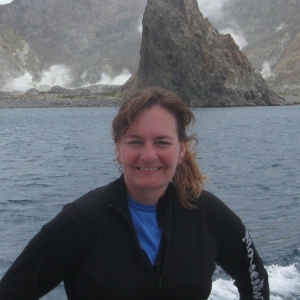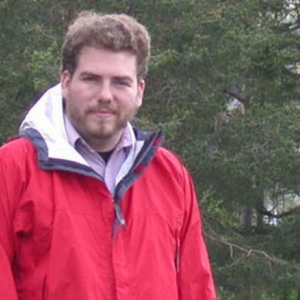$15,691; NSF Rapid Response Research (RAPID)
Principal Investigator: Holli Frey, professor and chair of geosciences; Co-Principal Investigator: Matthew Manon, lecturer in geosciences
RAPID: The effusive to explosive transition of La Soufrière, St. Vincent: Insights from petrology and hygrometry
The on-going eruption of La Soufrière, St. Vincent provides a unique opportunity to understand and evaluate a volcanic event as it occurs and evolves. After exhibiting no volcanic activity since 1979, a lava dome began extruding from the summit crater of La Soufrière in late December 2020, and on April 9, 2021, the eruptive style transitioned to an explosive phase. The transition was abrupt and it is unclear what mechanism triggered the ash venting phase that has severely impacted St. Vincent and surrounding areas. Using various petrologic tools, the PIs will test the hypothesis that the magmatic system was not degassing, leading to a buildup of volatiles which eventually triggered the eruption, and assess the likelihood of similar behavior in the future. This effort will be useful as the eruption continues to be monitored.
This research will be done in collaboration with the University of West Indies Seismic Research Centre (UWI-SRC), which is the official source of information for earthquakes and volcanoes in the English-speaking islands of the Eastern Caribbean. This will strengthen the longstanding collaboration between the PIs and researchers from UWI-SRC, including Dr. Erouscilla (Pat) Joseph and Dr. Thomas Christopher.
This project will enhance the education and research training of two undergraduate students. While enrolled in PI Frey’s Volcanology course this past winter term, they were able to closely follow the volcanic unrest as it was happening in real-time. The research experience this summer will provide these students with an extraordinary chance to engage in work related to an urgent, ongoing natural disaster. Additionally, the PIs will further extend the educational impact of this research by incorporating samples and petrologic data from this project into volcanology, petrology, mineralogy, and introductory courses.
The National Science Foundation’s RAPID proposal type is intended for use when there is a severe urgency in regards to the availability of, or access to, data, facilities or specialized equipment, including quick-response research on natural or anthropogenic disasters and similar unanticipated events.



